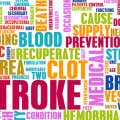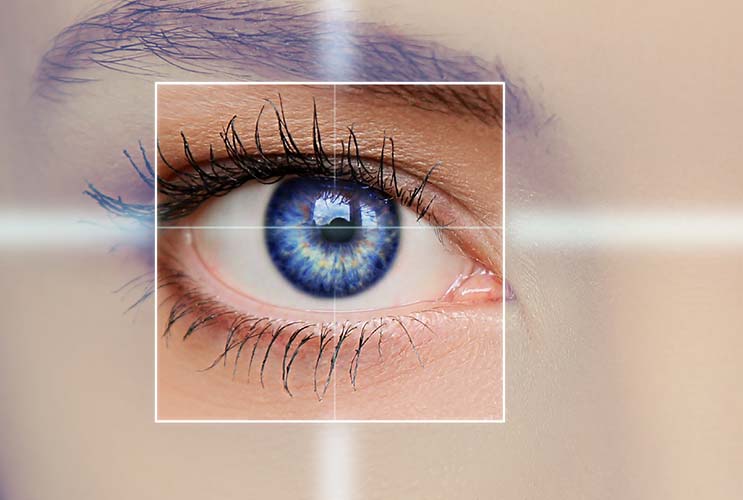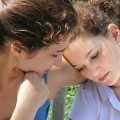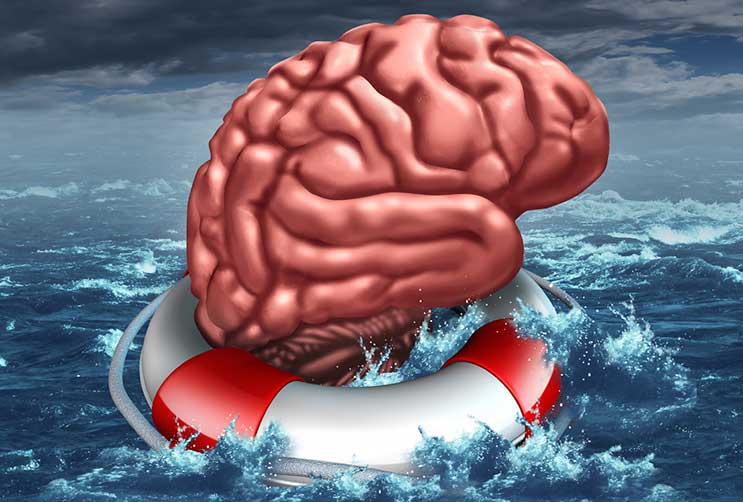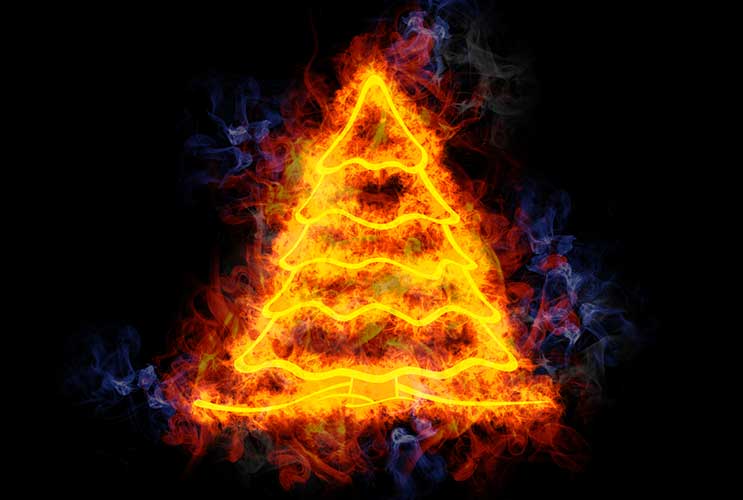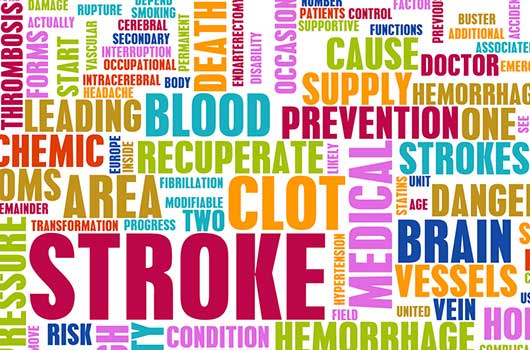
When Noelia Chumpitaz’s husband, Rafael, tipped the scales at 250 pounds, she made it her mission to educate her family about the risk of stroke. A month later, that education saved a life—hers.
In May, Noelia attended an American Heart Association/American Stroke Association stroke education event in Charlotte, N.C. The native of Peru was in good health and did not have any family history of stroke, but she wanted to learn and share the information with her family.
Read Related: Stroke Awareness: In My Family, It’s Personal
Just weeks later, the couple settled in to watch a midnight movie at home. About 20 minutes into the film, Noelia tried to speak to her husband but her words were garbled.
“I was thinking, what is wrong with my tongue? Why am I talking weird?” said the 39-year-old mother of three. Suddenly, her left arm, then left leg, went numb. Alarmed, Noelia lay down on the sofa and began crying. Rafael asked his wife what was wrong, saw her drooping face and realized what her impaired speech meant. He quickly dialed 9-1-1.
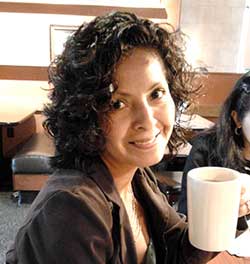 “I was scared that my life would change and that I would not be able to speak or walk anymore,” Noelia said about the wait for help. “All I could think about was my children. If something happened to me, what would become of them?”
“I was scared that my life would change and that I would not be able to speak or walk anymore,” Noelia said about the wait for help. “All I could think about was my children. If something happened to me, what would become of them?”
Emergency medical personnel rushed Noelia to a Primary Stroke Center, where she was treated with a clot-busting drug. The fast action and medication helped her to recover.
One in six people worldwide will have a stroke in their lifetime. In the United States, someone has a stroke every 40 seconds. Stroke occurs when blood flow to the brain is interrupted, causing brain cells to die. Stroke prevalence is projected to increase the most among Hispanic men between now and 2030, while the cost of treating stroke in Hispanic women is expected to triple. Stroke can happen to anyone at any age.
“When a family member or bystander recognizes a stroke quickly and acts fast, the patient has a greater chance of getting to an appropriate hospital and being accessed for a clot-busting drug or medical device,” said Demetrius Lopes, M.D., surgical director of RUSH University Stroke Center in Chicago and American Heart Association/American Stroke Association spokesperson.
On Oct. 29, World Stroke Day, Noelia’s story highlights the necessity of remembering the acronym F.A.S.T to recognize common warning signs of stroke.
- F – Face Drooping: Does one side of the face droop or is it numb?
- A – Arm Weakness: Is one arm weak or numb?
- S – Speech Difficulty: Is speech slurred, is the person unable to speak, or hard to understand?
- T – Time to call 9-1-1: If the person shows any of these symptoms, even if the symptoms go away, call 9-1-1 and get him or her to the hospital immediately.
Doctors don’t know why Noelia suffered a stroke, but she and her family have used the experience to grow stronger and healthier. They eat nutritious meals loaded with fruits and vegetables, exercise daily and no longer drink sugar-sweetened beverages.
“It was hard in the beginning, but it gets easier and you realize you don’t need foods that are not good for you,” she said. “I urge other Latina women and moms to know the symptoms and signs of stroke. Many times, we don’t want to listen to our bodies. It’s also important to know your family history of heart disease and stroke. “
For more information on stroke warning signs and to download a free mobile app, visit: www.StrokeAssociation.org/WarningSigns.

